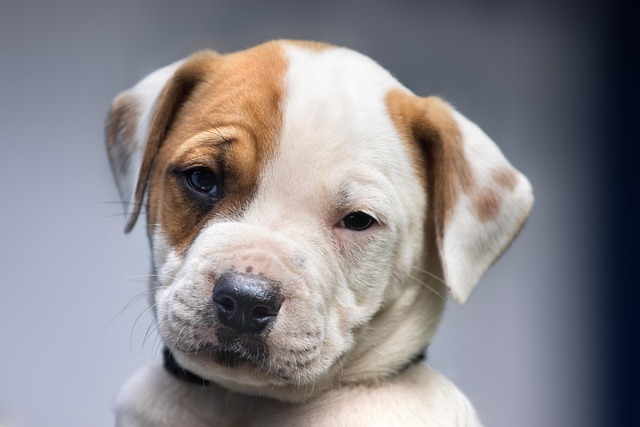
When should a dog be put on senior dog food?
Watching your dog grow from a playful pup to a calm companion is one of the sweetest parts of being a pet parent—and their diet needs to grow with them too.
Picture your Golden Retriever sprawled on the porch during a humid Atlanta afternoon. While you’re sweating through your shirt, he seems content – but that’s a dangerous illusion. Dogs suffer more than humans in heat, and their biology makes them frighteningly vulnerable. Unlike us, they barely sweat (only through paw pads and noses), relying almost entirely on panting to cool down. When humidity climbs above 70%, panting fails, turning their bodies into pressure cookers. Brachycephalic breeds like Boxers or Pugs face nightmare scenarios: their shortened airways trap heat, while Arctic breeds like Huskies carry built-in winter coats. Even a 75°F (24°C) day can become lethal without intervention.
Protecting them starts with smart environmental control. Keep indoor temperatures below 78°F (25.5°C) using AC or strategic cross-breezes with fans. Beware of microclimates – that sun-drenched spot by your Chicago apartment window might be 20°F hotter than your thermostat shows. Create cool retreats using ceramic tiles or pet-safe cooling mats (always supervise to prevent chewing). For hydration, freeze bone broth into popsicles or add ice cubes to stainless steel bowls. Outdoor walks? Test pavement with your bare hand: if it’s too hot for your palm after seven seconds, it’s burning paw pads. Schedule walks at dawn or dusk, carrying a collapsible water bowl for frequent breaks.

Recognizing overheating signs could save your dog’s life. Watch for frantic panting with a curled tongue, brick-red gums, glazed eyes, or stumbling. If you spot these during your Denver neighborhood stroll, act immediately: move to shade, pour cool water over their belly and paw pads, place damp towels on their groin, and call your vet while transporting. Heatstroke kills within minutes – like that rescue Border Collie in Phoenix last July who survived only because his owner rushed him to a vet’s kiddie pool.
This vigilance ties directly to legal and ethical responsibilities. Thirty states impose criminal penalties for leaving pets in hot cars or unventilated rooms, with fines reaching $5,000 in Massachusetts. Culturally, positive reinforcement training is non-negotiable. Never force a dog onto hot surfaces or punish heat-related reluctance – instead, use high-value treats to teach "cool zone" targeting. Apartment dwellers face unique risks: concrete balconies radiate heat long after sunset. Check surfaces with an infrared thermometer; anything above 100°F (38°C) requires indoor potty alternatives like turf pads. Always carry biodegradable waste bags (legally required nationwide), and ensure rabies vaccinations are current. When a Texas power outage spiked temperatures last August, evacuation shelters only accepted dogs with documented shots – no exceptions.
Ultimately, heat doesn’t just discomfort dogs; it dismantles their biology. By respecting their thermal limits and embedding legal/cultural norms into your routine, you become their first line of defense.

Watching your dog grow from a playful pup to a calm companion is one of the sweetest parts of being a pet parent—and their diet needs to grow with them too.

Discovering your dog has parasites can be an unsettling moment for any new pet owner. Whether you spotted a worm in their stool or found a tick after a hike

You’re petting your pup on the couch like usual, and suddenly you pause—wait, their fur feels way softer than it did last week. Is that normal?

If you’ve ever petted a neighbor’s pup and marveled at how soft and shiny their fur was, then looked down at your own dog’s coat wondering “is mine okay?”, you’re far from alone.

You might’ve stood in front of your standard poodle’s bowl, wondering if that scoop of kibble is too much—or not enough.

Ever watched your dog suffer from an upset stomach after a nerve-wracking vet visit or a course of antibiotics? Maybe you’ve noticed more